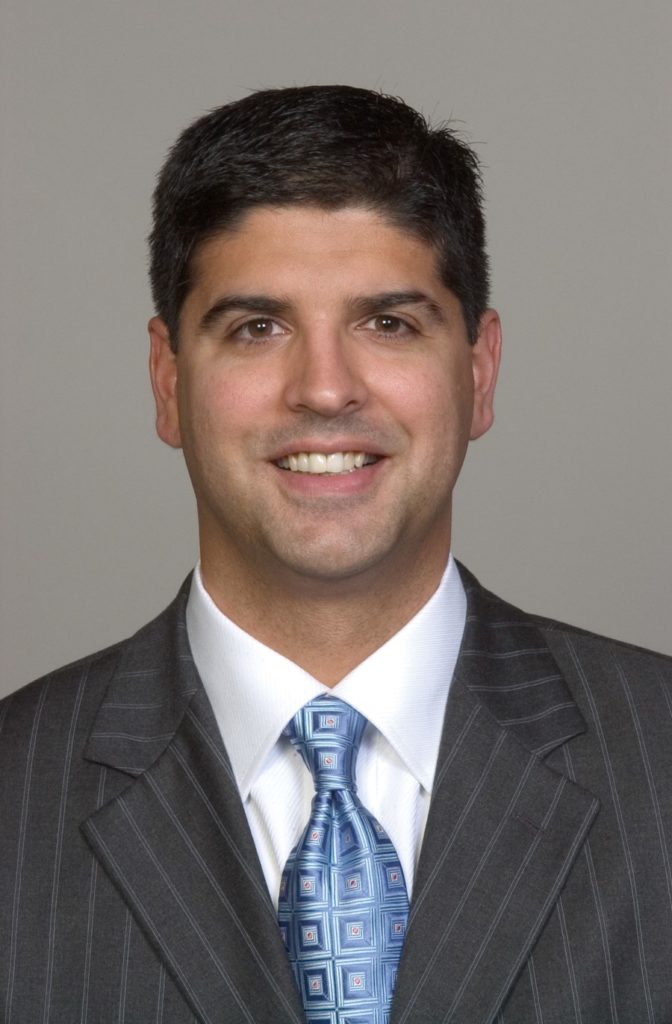
Declining admissions? No one wants to come to your facility? Welcome to COVID-19. Maybe telemedicine can help.
Faced with the unique circumstances under COVID-19, many skilled facilities are wondering how to make ends meet. First things first: proper infection control procedures, getting proper personal protective equipment (PPE), and limiting the infiltration of COVID-19 into your facility, or stopping the further proliferation of it in your facility.
But then you are left with unhappy residents and families, along with no one allowed to visit with residents.
Well maybe there is a silver lining: Telehealth! Indeed, taking care of residents in this difficult time is stressful and difficult. Staff may be getting sick, and transfers to hospitals may be more taxing on residents than ever before. Well, the Centers for Medicare & Medicaid Services, Office of Inspector General, and the Office for Civil Rights are here to help with new policies and guidance designed to foster the use of telemedicine in your facility, for the betterment of staff and residents alike.
CMS concessions
First, CMS offers telehealth for long-term care facilities like it has never done before. CMS published a toolkit for skilled nursing facilities regarding telehealth on March 27, 2020. Look at what CMS says about telehealth:
- “Innovative uses of this kind of technology in the provision of healthcare is increasing. And with the emergence of the virus causing the disease COVID-19, there is an urgency to expand the use of technology to help people who need routine care, and keep vulnerable beneficiaries and beneficiaries with mild symptoms in their homes while maintaining access to the care they need.”
- “Limiting community spread of the virus, as well as limiting the exposure to other patients and staff members, will slow viral spread.”
— “Long-Term Care Nursing Homes Telehealth and Telemedicine Tool Kit,” Centers for Medicare & Medicaid Services, March 27, 2020.
This is a sea change from telemedicine paid for by Medicare in the past. You see, CMS never allowed for reimbursement in people’s homes using telehealth, and it greatly limited the use of telemedicine to rural areas, and all for a fraction of the reimbursement for face to face visits. No more.
Now, under a new CMS waiver, Medicare can pay for office, hospital, and other visits furnished via telehealth across the country and including in a patient’s place of residence (including their nursing home residence) starting March 6, 2020. A range of providers, such as doctors, nurse practitioners, clinical psychologists, licensed clinical social workers, physical therapists and hospice providers (billing rules and requirements will vary) are able to offer telehealth to residents.
Plus, Medicare will pay for these telehealth services in the nursing home — AT THE FULL Medicare rate to allow physicians and other providers to utilize this telehealth modality even more during the pandemic.
OIG concessions
If that wasn’t enough, on March 17, 2020, the HHS Office of Inspector General issued a policy statement regarding physicians and other practitioners that reduce or waive amounts owned by Federal health care program beneficiaries for telehealth services during the COVID-19 outbreak. Usually, the routine reduction or waiver of cost-sharing obligations would implicate the federal Anti-Kickback Statute, and would be prosecuted as fraud. In its statement, OIG stated that physicians and other practitioners “will not be subject to administrative sanctions for reducing or waiving any cost-sharing obligations Federal health care program beneficiaries may owe for telehealth services furnished consistent with the then applicable coverage and payment rules, subject to the conditions specified herein.”
This waiver of fraud enforcement by the OIG during the pandemic applies to any telehealth services provided to federal healthcare program beneficiaries during the pandemic.
OCR concessions
Not to be outdone, to foster the further use of telemedicine during this pandemic, OCR has relaxed its enforcement of HIPAA. The HHS Office for Civil Rights has affirmatively loosened HIPAA enforcement amidst COVID-19 pandemic:
“We are empowering medical providers to serve patients wherever they are during this national public health emergency. We are especially concerned about reaching those most at risk, including older persons and persons with disabilities.” (emphasis added)
– Roger Severino, OCR Director
But nursing homes, be careful! These relaxed OCR guidance rules below have limited applicability, and should not be taken as carte blanche for skilled nursing facilities to avoid HIPAA compliance. Please consult your attorney.
On March 15, 2020, OCR exercised the authority to waive sanctions and penalties against a covered hospital that does not comply with the following provisions of the HIPAA Privacy Rule:
- the requirements to obtain a patient’s agreement to speak with family members or friends involved in the patient’s care
- the requirement to honor a request to opt out of the facility directory
- the requirement to distribute a notice of privacy practices
- the patient’s right to request privacy restrictions
- the patient’s right to request confidential communications
This above waiver does not apply to skilled nursing facilities, only hospitals. But the OCR waiver below does apply and can be utilized by skilled nursing facilities:
On March 17, 2020, OCR/HHS announced enforcement discretion, effective that day, waiving all potential penalties for HIPAA violations against covered entities that serve patients through telehealth communications technologies in an effort, presumably, to foster remote video communication products and telehealth services to patients during the COVID-19 pandemic. This waiver of penalties and sanctions applies to all covered entities, including nursing homes, and not just covered hospitals pursuant to OCR/HHS’ previous bulletin mentioned above.
That means that skilled nursing facilities can have physicians (who are unwilling to come into a facility for fear of COVID-19) to provide telehealth remotely at the resident’s bedside using modalities such as Apple FaceTime, Facebook Messenger video chat, Google Hangouts video, or Skype. No need for ultra-secure, HIPAA compliant telemedicine feeds that were a barrier to the proliferation of telemedicine in nursing homes in the past. Now residents can use simple FaceTime and receive the care they need at the bedside remotely.
Surprisingly, this OCR telehealth waiver applies not only to telehealth services provided to treat patients or residents related to COVID-19, but also to ALL telehealth provided by covered entities for any reason during the COVID-19 public health emergency.
With the above government concessions, now more than ever, skilled nursing facilities should look at telehealth seriously to help them through the pandemic. Certainly, by taking advantage of these relaxed governmental rules, facilities can better care for their residents while preventing the proliferation of COVID-19 that are often compounded by direct in person visits with outside health care providers.
Neville M. Bilimoria is a partner in the Chicago office of the Health Law Practice Group at Duane Morris LLP; [email protected].





